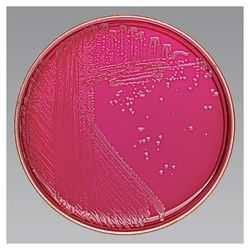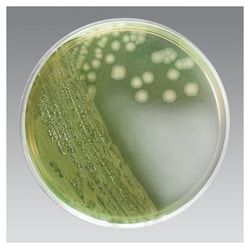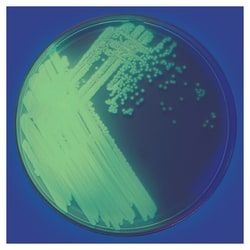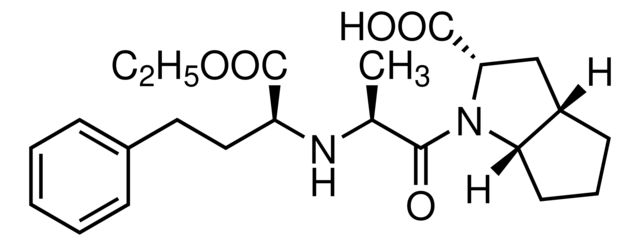R01430
Thermo Scientific™ m Enterococcus Agar
Manufacturer: Thermo Scientific™
The price for this product is unavailable. Please request a quote
Certifications/Compliance
Industrial Reference: COMPF, SMWW.
Format
12mm x 85mm Monoplate
Quantity
10/Pk.
Description
m Enterococcus Agar
Product Type
Agar
Related Products
Description
- Selectively isolate and enumerate enterococci by membrane filtration or by direct plating using Thermo Scientific™ Remel™ m-Enterococcus Agar
- In 1957, Slanetz and Bartley reported that m-Enterococcus Agar was superior to other media for detecting and enumerating fecal streptococci by the membrane filtration technique 1
- Saraswat et al
- used m-Enterococcus Agar to select enterococci in dried foods, including non-fat dry milk 2
- m-Enterococcus Agar is recommended in Standard Methods for the Examination of Water and Wastewater and Standard Methods for the Examination of Dairy Products
- The Enterococcus count is used as an indicator of sanitary quality in water and dairy products 3,4
- Use m-Enterococcus Agar for selective isolation and enumeration of enterococci by membrane filtration or by direct plating
- Recommended in Standard Methods for the Examination of Water and Wastewater and Standard Methods for the Examination of Dairy Products Selective – Sodium azide inhibits gram-negative organisms Easy-to-interpret – Enterococci form pink to red colonies of 0.5–3 mm in diameter Ready-to-use – Convenience of prepared media
- The medium contains casein and soy peptones that provide nitrogenous compounds, amino acids, and peptides necessary for bacterial growth
- Yeast extract supplies B-complex vitamins which are essential for bacterial metabolism
- Dextrose provides a ready source of energy
- Dipotassium phosphate acts as a buffer
- Sodium azide is a selective agent that inhibits gram-negative organisms
- Triphenyltetrazolium chloride (TTC) is the dye that serves as an indicator of bacterial growth and agar is the solidifying agent
- TTC gets reduced to soluble formazan inside the bacterial cell resulting in the production of red colonies.






